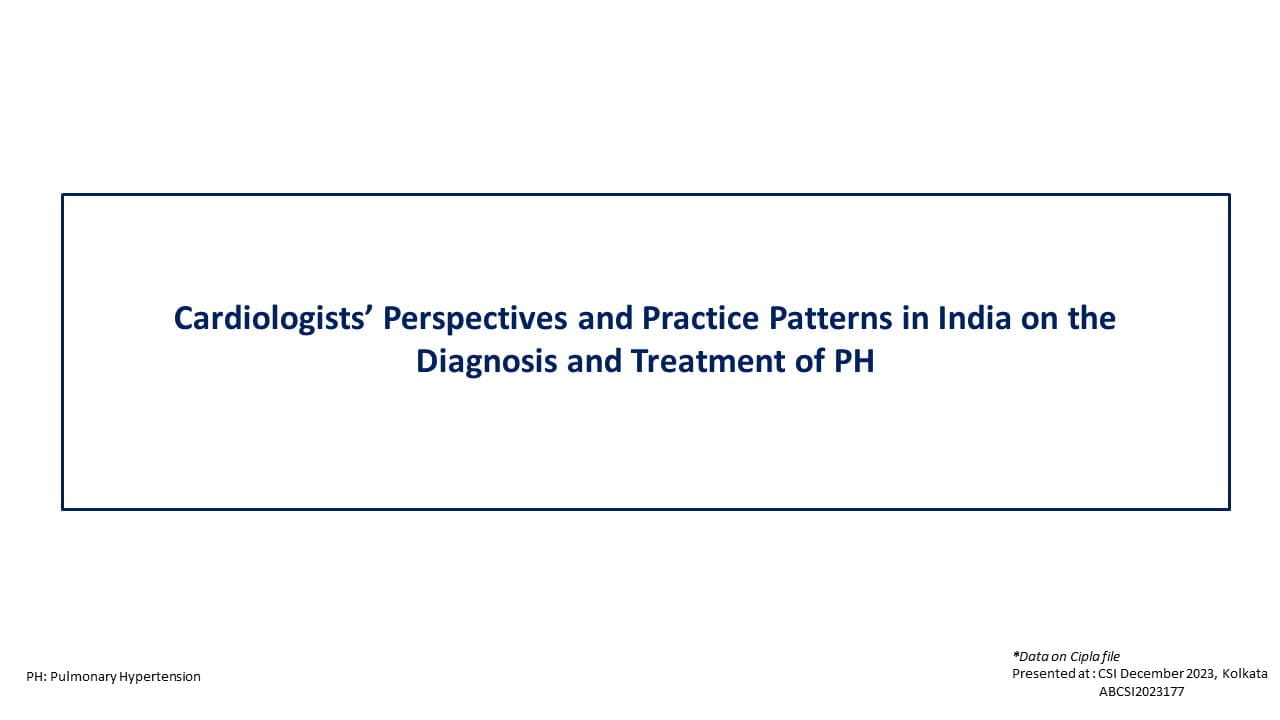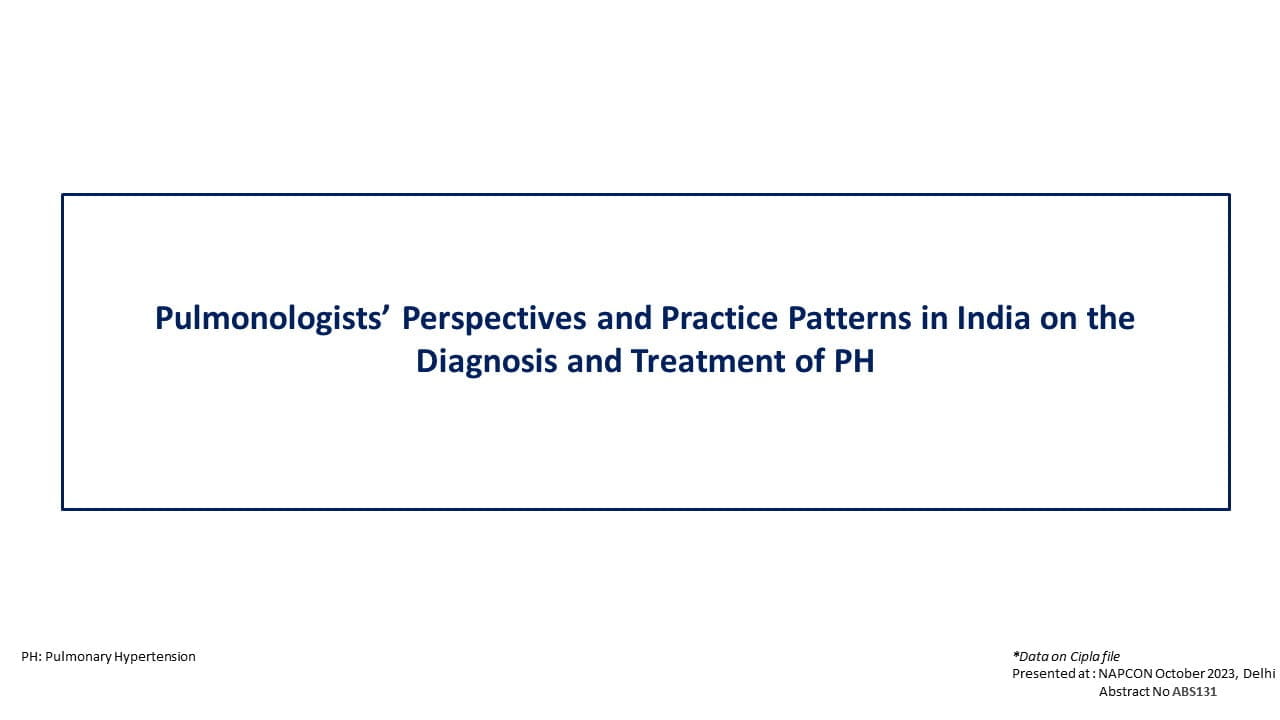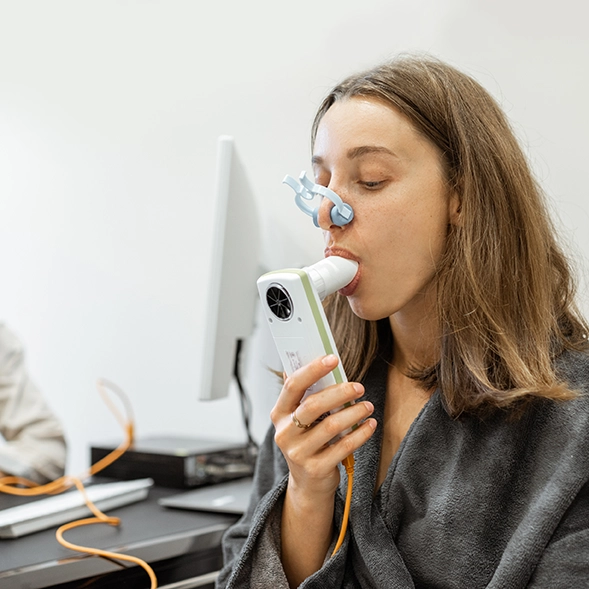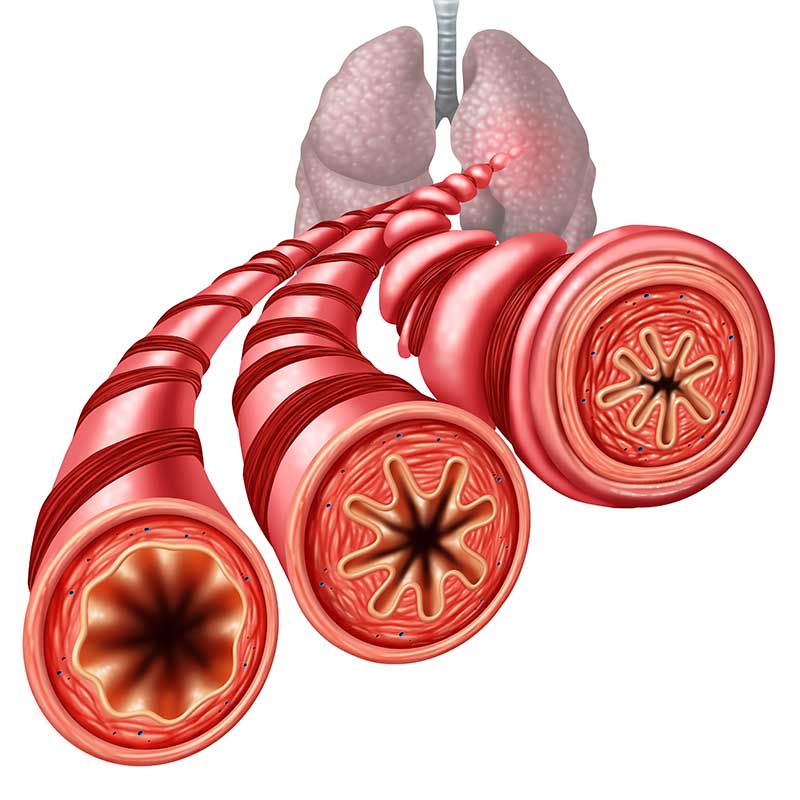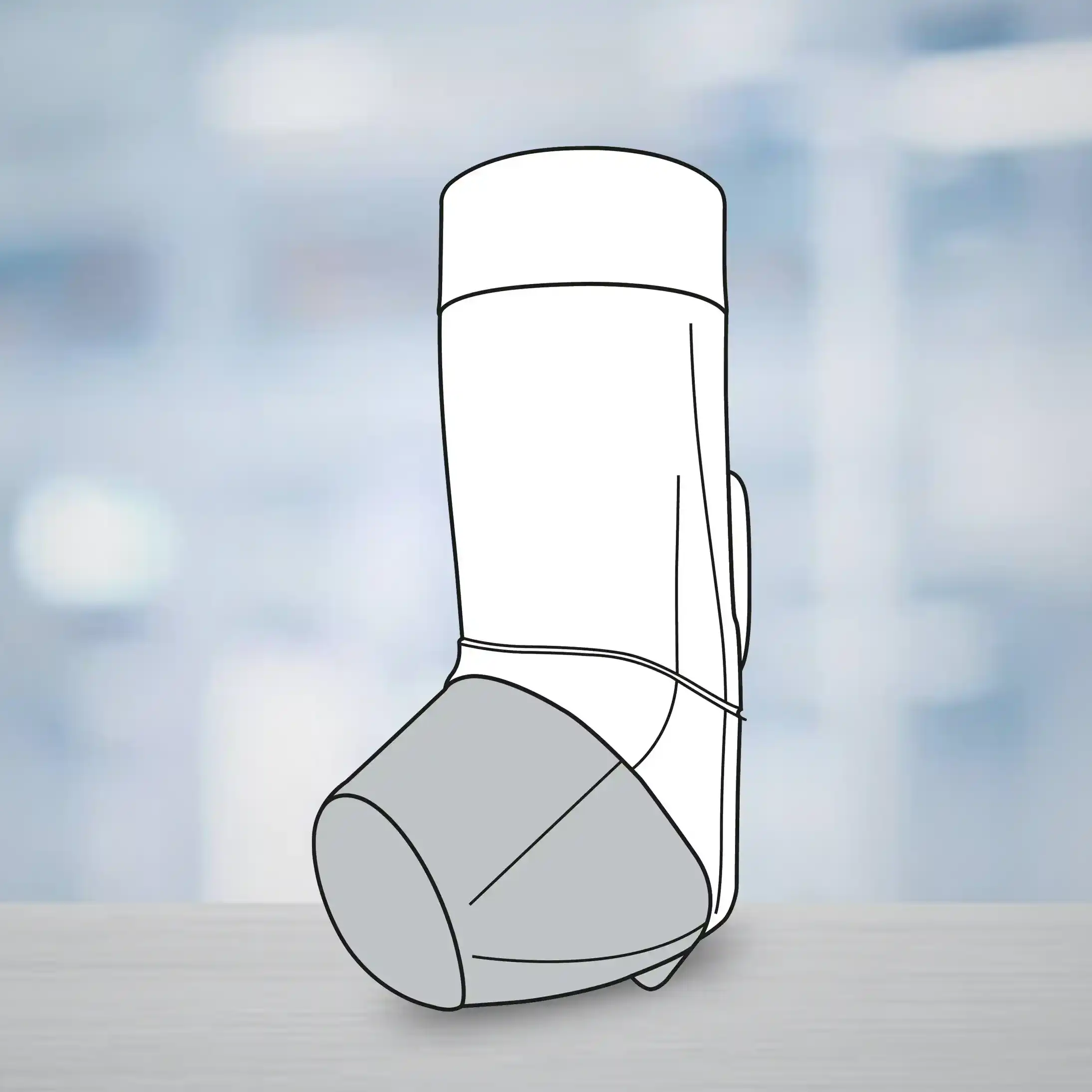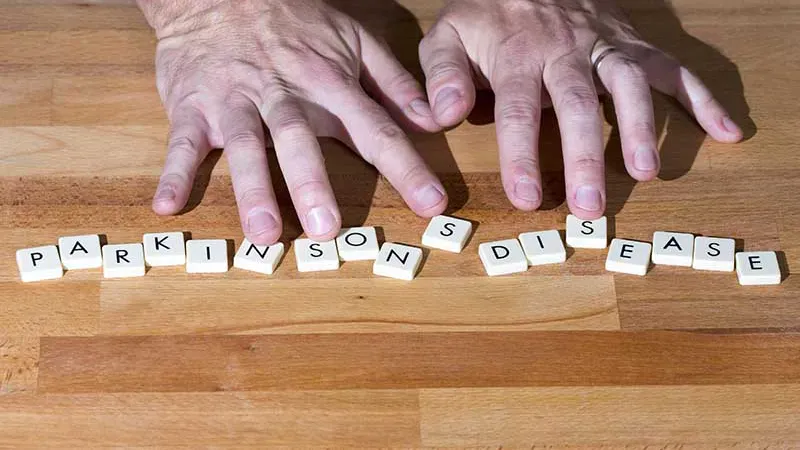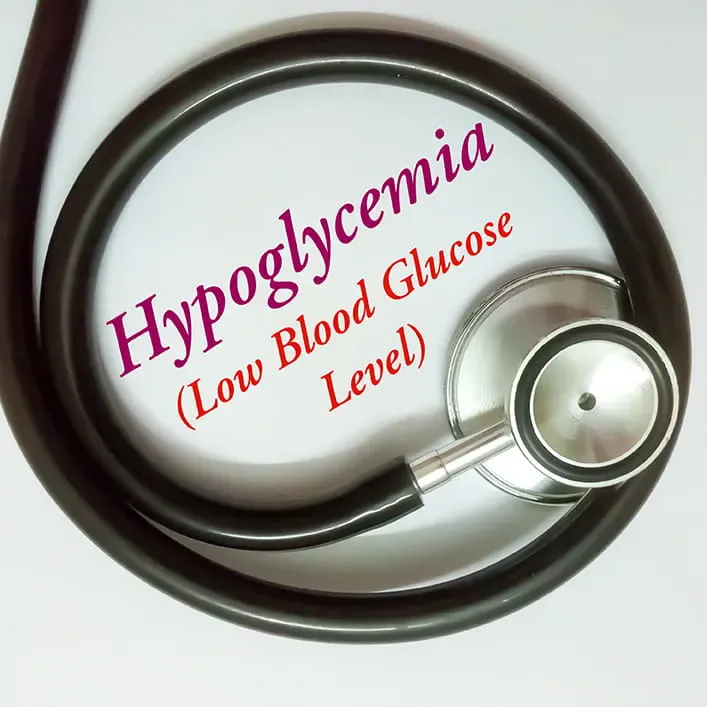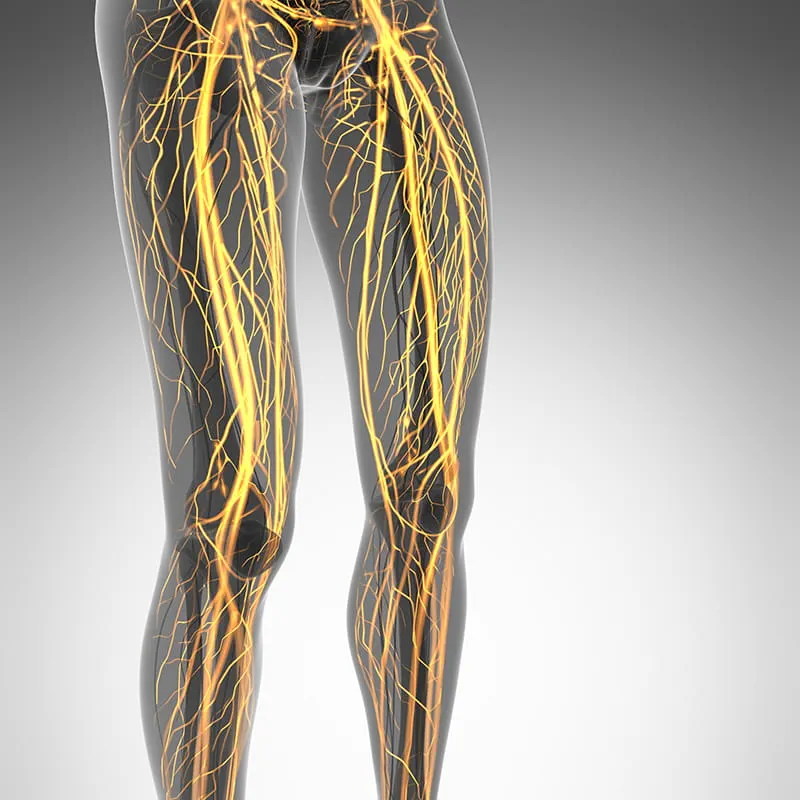Lamotrigine versus Oxcarbazepine Monotherapy for Pediatric Focal Epilepsy
26 Feb, 25
Introduction
In children with newly diagnosed or untreated partial epilepsy, oxcarbazepine has been established as an effective first-line monotherapy. In adults with focal epilepsy, lamotrigine has been reported to have similar efficacy to and better tolerability than carbamazepine.
Aim
To compare the efficacy and tolerability of oxcarbazepine and lamotrigine monotherapies in pediatric focal epilepsy.
Patient Profile
- 116 pediatric patients with partial epilepsy
- Patients with either newly diagnosed partial epilepsy or a relapse following the withdrawal or failure of a previous monotherapy other than lamotrigine or oxcarbazepine
Method
Study Design
- Observational study
- Patients received either lamotrigine or oxcarbazepine monotherapy; maintenance dose ranged from 1 to 9 mg/kg in the lamotrigine group (titration time >2 months) and from 15 to 40 mg/kg in the oxcarbazepine group (titration time 2 weeks)
Endpoints
- Efficacy endpoints: seizure-free outcome, successful discontinuation
- Safety endpoints: Retention rate and adverse effects
Results
Efficacy
- Lamotrigine achieved better efficacy in terms of seizure-free outcomes in significantly more patients (P=0.005), along with higher degree of seizure reduction as compared to oxcarbazepine (82.5% vs. 56.2%, P=0.04, Figure 1)
- Of all patients receiving lamotrigine monotherapy, 65.5% had a seizure-free outcome, and 44.2% had successful discontinuation of the drug
- Lamotrigine was superior in achieving seizure-free outcome of patients receiving these drugs as initial monotherapy (lamotrigine 18/22, oxcarbazepine 40/69, P=0.047), as well as that of patients receiving these drugs as second or third-line monotherapy (P=0.044, P=0.007, respectively)
- The overall outcomes for patients starting each antiepileptic drug were seizure-free status in 34 patients, 50% or greater seizure reduction in three patients, and less than 50% seizure reduction in six patients in the lamotrigine group (n=43) and seizure-free status in 41 patients, 50% or greater seizure reduction in 10 patients, and less than 50% seizure reduction in 22 patients in the oxcarbazepine group (n=73)
- In patients with normal MRI scans and development, the seizure outcome was better for lamotrigine than oxcarbazepine (P=0.001, P=0.01)
- No differences were found in seizure-free outcome between the groups according to MRI abnormalities (P=0.68) or among patients with delayed development (P=0.28) were observed
- Lamotrigine monotherapy was the only independent variable that predicted a seizure-free state, even after correcting for clinical variables (odds ratio 4.80, P=0.013)
- Oxcarbazepine was more commonly used than lamotrigine (94.5% vs. 53.5%) as initial monotherapy
Figure 1: Effect of lamotrigine and oxcarbazepine on efficacy endpoint of seizure-free outcome
Safety
- Oxcarbazepine and lamotrigine showed similar tolerability in terms of the retention rate, drug discontinuation and adverse effects
- The retention rate of the lamotrigine group was 82.5% and that of the oxcarbazepine group was 80.6% (P=0.81)
- The retention rate was higher among patients with MRI abnormalities (77.8% vs. 60.0%) and with delayed development in the lamotrigine group than in the oxcarbazepine group (83.3% vs. 36.4%)
- Similar rates of successful discontinuation were noted for patients receiving these drugs as initial monotherapy (P>0.05)
- The occurrence of adverse events and the follow-up duration were influential clinical factors that affected the 2-year retention rate (OR=0.01, P=0.003; OR=2.35, P=0.002, respectively)
- Lamotrigine showed lower withdrawal rate (one discontinued due to ineffectiveness and three due to adverse effects, such as rash and abnormal oral sensations with bad breath) as compared to oxcarbazepine (17 patients discontinued due to ineffectiveness) (23% vs. 9%, P=0.06)
Conclusion
- Lamotrigine monotherapy demonstrated superior efficacy over oxcarbazepine monotherapy in pediatric focal epilepsy
- Lamotrigine can be preferred in patients with or without abnormal MRI findings or delayed development
Seizure 2018; 60: 123-126


